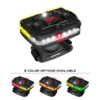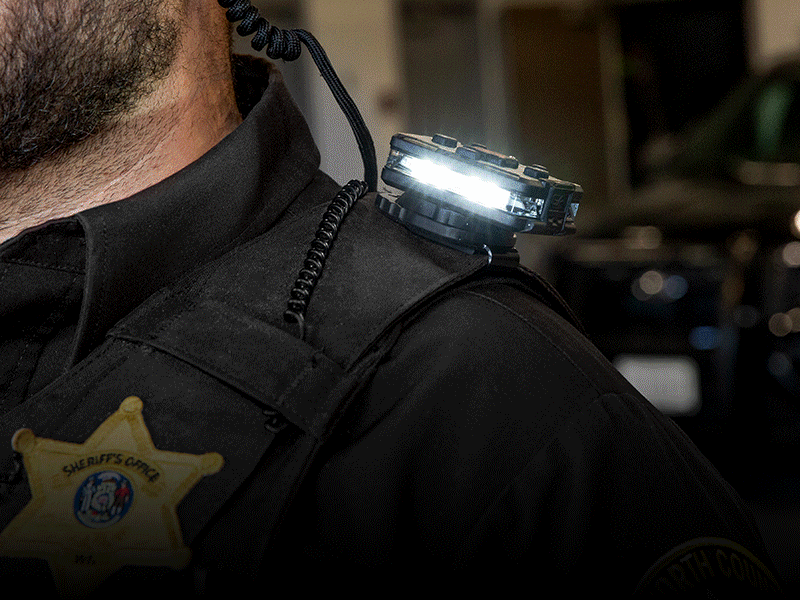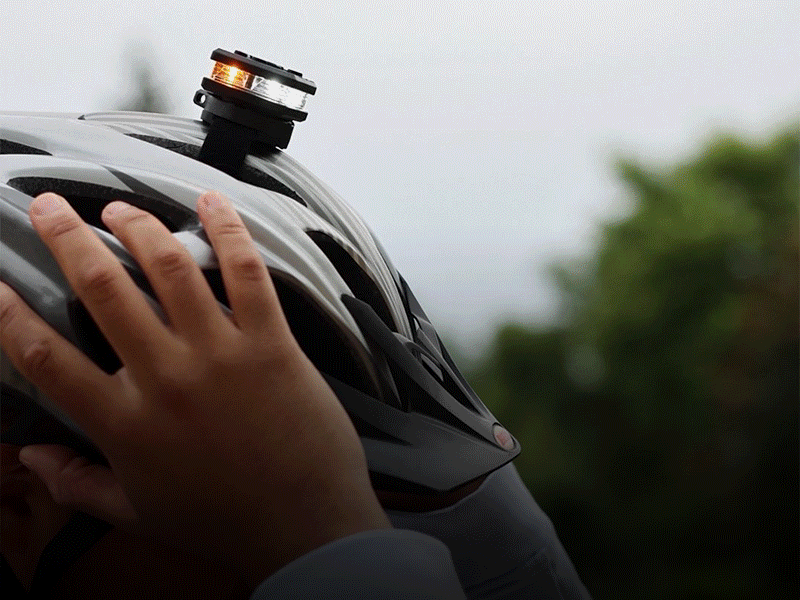Alabama Emergency Vehicle Light State Statutes
State Statutes Emergency Vehicle Lights
States in the U.S. are governed by laws and statutes regulating the operation of emergency vehicle lights in a particular state. Alabama State is no exception to this. The Alabama Code enforces defined codes on all state-operated emergency vehicles. -emergency vehicle must conform to the regulations outlined for the use of visible emergency vehicle lighting and audible signals, as defined for each type of vehicle. The vehicles mentioned below shall conform to the guidelines set out in Statutes 32-1-1(3) and 32-5A-115(C) of the State of Alabama.

Police Lights
Both police emergency vehicles shall be fitted with at least one colored light, which shall be made visible from a distance of 500 feet under normal day / night conditions. The police light must be in color, red or blue. It must also be fitted with a siren, exhaust whistle, or bell that can sound an audible warning that the Director of Public Safety must authorize. Any vehicle other than a police vehicle shall have a blue light.
Fire Trucks Lights
Department fire trucks used for emergency calls must have at least one clear, red colored light that must be visible from a distance of 500 feet under normal day / night conditions. Such vehicles must be fitted with sirens, alarms, horns or other electronic siren devices which the Director of Public Safety has approved. Such vehicles may not feature blue lights as allowed by emergency police vehicles.
Volunteer Firefighter Lights
Volunteer fire engines, publicly or privately owned, must be approved by an incorporated city’s Public Safety Manager or chief of police. Such vehicles can act as emergency vehicles approved for use. Such vehicles must have at least one flashing, colored light that must be visible from a distance of 500 feet under normal day / night conditions. These volunteer fire trucks must meet the same rules as emergency vehicles for the town and state fire patrol. They must be fitted with sirens, alarms, horns or other electronic siren devices which the Director of Public Safety has approved.
Ambulance Lights
All publicly or privately owned ambulance vehicles used for emergency calls must display at least one visible red colored light which must be made visible under normal day / night conditions from a distance of 500 feet. All vehicles must be fitted with a siren, bell, horn or other electronic siren system authorized by the Public Safety Manager. These vehicles may not display blue lights as permitted by emergency police vehicles.
Tow Truck Lights
As approved emergency vehicles, all tow trucks, publicly or privately owned, as appointed by the Public Safety Director or the chief of police of an incorporated city can operate. Such approved emergency vehicles must be fitted with at least one amber or yellow visible light, made visible under normal day / night conditions from a distance of 500 feet. This light serves as a warning or caution light. No need to equip these vehicles with sirens or other audio signaling devices. Unlike emergency vehicles for police, fire or ambulance, other vehicles are not required to give the right-of-way to emergency vehicles showing such warning lights.
Construction Vehicle Lights
All construction vehicles can act as approved emergency vehicles, whether publicly or privately owned, as appointed by the Director of Public Safety or the chief of police of an incorporated town. All emergency vehicles must be fitted with at least one amber or yellow light, made visible under regular day / night conditions from a distance of 500 feet. This light is to act as light of alarm or caution. These vehicles are not required to be equipped with sirens or other audio signaling devices. Unlike emergency vehicles for police, fire or ambulance, other vehicles are not allowed to give the right-of-way to emergency vehicles showing such warning lights.
Utility Vehicle Lights
Publicly or privately operated utility vehicles shall be approved by the Department of Public Safety or the chief of police of an incorporated city as permitted emergency vehicles. Such emergency vehicles must be fitted with at least one amber or yellow light, made visible under regular day / night conditions from a distance of 500 feet. The strobe light is to act as a light of alarm or caution. No need to equip these vehicles with sirens or other audio signaling devices. Like emergency vehicles for police, fire or ambulance, other drivers are not required to give the right-of-way to emergency vehicles showing such warning lights.
Pilot Vehicle Lights
Publicly or privately operated vehicles carrying pilot vehicle lights, lights used by vehicles escorting transport vehicles with oversize loads, must be approved by the Department of Public Safety or the chief of police of an incorporated city as permitted emergency vehicles. All emergency vehicles must be fitted with at least one amber or yellow light, made visible under regular day / night conditions from a distance of 500 feet. The light may act as a light of warning or caution. No need to equip these vehicles with sirens or other audio signaling devices. Like police, fire or emergency ambulance vehicles, other vehicles are not needed to provide the right of way to emergency.
Security Vehicle Lights
Publicly or privately operated vehicles carrying safety warning lights, lights used by vehicles providing security in public or private areas, must be approved by the Department of Public Safety or the chief of police of an incorporated city as permitted emergency vehicles. Such emergency vehicles must be fitted with at least one amber or yellow light, made visible under regular day / night conditions from a distance of 500 feet. This light serves as a light of alarm or of caution. No need to equip these vehicles with sirens or other audio signaling devices. Certain vehicles, unlike police, fire or ambulance emergency vehicles, are not needed to provide the right of way to emergency.





